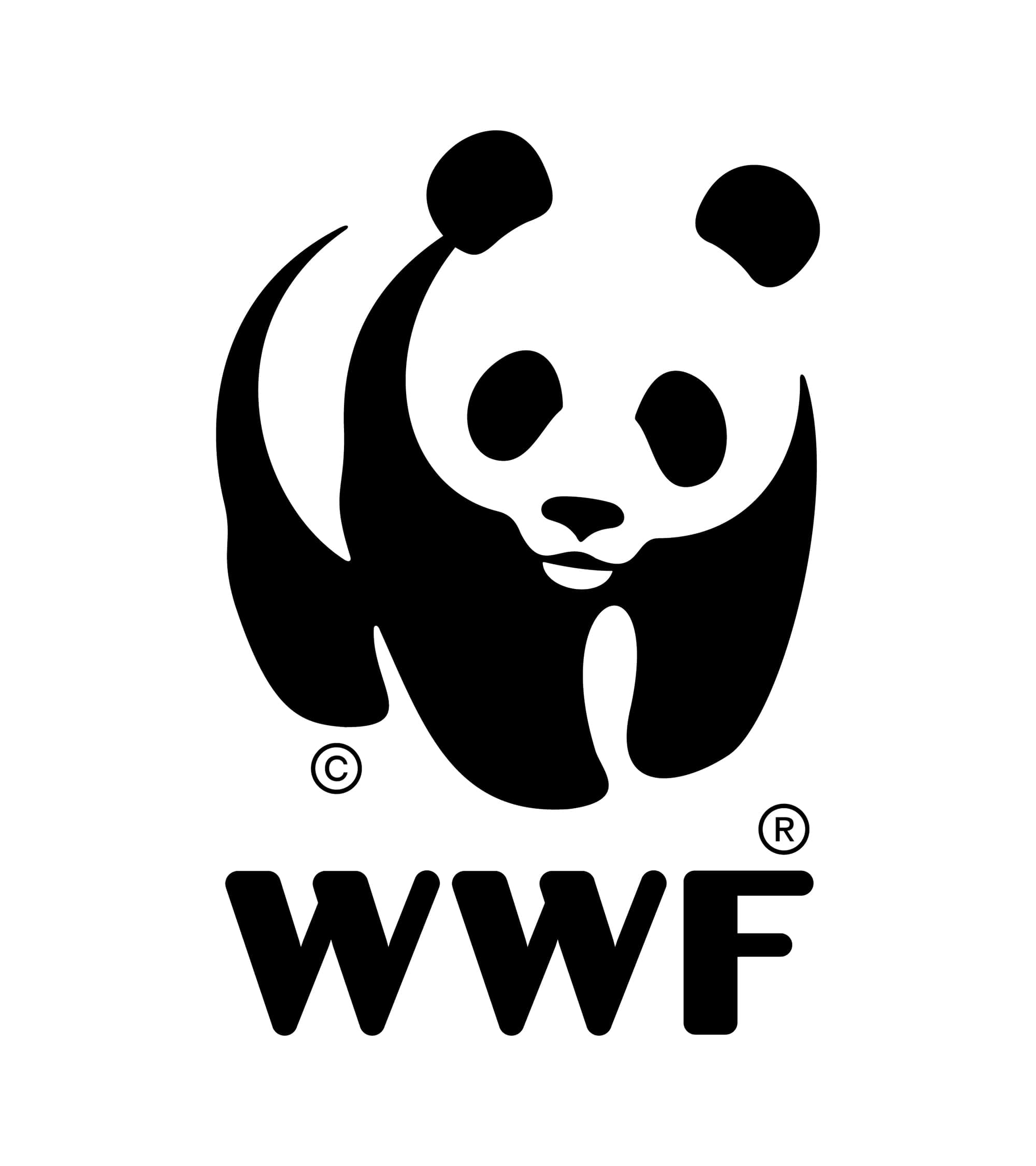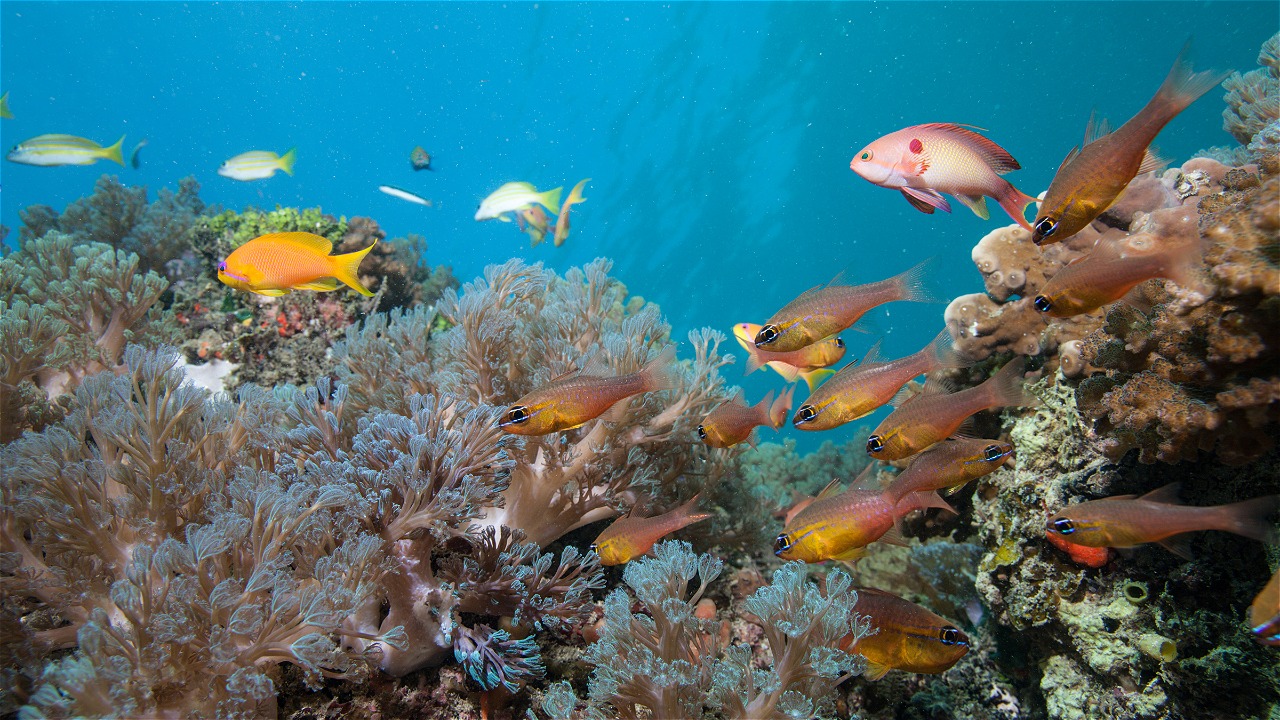RESTORING INDONESIA'S CORAL REEFS
JAKARTA - The condition of coral reefs in Indonesian waters is now increasingly alarming. It is recorded that only 3096 coral reefs are in good condition, 70% are damaged. Whereas the area of Indonesia's coral reef ecosystem is estimated at 75 thousand square kilometers, representing 15% of the world's coral reefs. In addition to coral reefs, Indonesia has 362 species of scleractinia or rock corals, so Indonesia is called the epicenter of the world's rock coral distribution.
""We must immediately restore the damaged condition. All parties must be involved. Awareness campaigns about the importance of coral reef conditions will continue to be carried out,"" said Syamsul Maarif, secretary general of the Ministry of Maritime Affairs and Fisheries (KKP), to reporters in Jakarta, Monday (23/8).
Yesterday, the KKP signed a memorandum of understanding (MoU) with the World Wildlife Fund (WWF) Indonesia. The KKP's cooperation with the environmental non-governmental organization (NGO) aims to save the condition of Indonesia's coral reefs.
Syamsul said that KKP is now receiving a gradual handover of a number of marine national park areas from the Ministry of Forestry (Ke-menhut). The handover aims to make management and supervision more effective, considering that marine national parks are in the KKP's domain.
He said that one way to improve the condition of corals in Indonesia is to conduct sustainable and responsible management.
Sustainable management, he said, must pay attention to various aspects, namely economic, ecological, and also socio-cultural aspects. Syamsul believes that if the process of community empowerment through the campaign is successful, the condition of coral reefs will also improve.
Species
Meanwhile, Indonesia is also known to have 362 species of scleractinia or rock corals, making it worth mentioning as the epicenter of the world's rock coral distribution.
Citing CITES (Convention on International Trade in Endangered Species of Wild Fauna and Flora), scleractinia is included in Appen-dix II, which is a species that can only be traded if it comes from Fl or captive-bred coral transplants that are limited in quota.
Today, the CITES service authority for coral species is still held by the Ministry of Forestry. However, in the future, gradually, services for all aquatic species will be managed by KKP.
Executive Director of WWF Indonesia Efransjah said that the government's attention to the marine sector, especially coral reefs, is still low.
""The issue of marine and fisheries sector development is still relatively new to receive attention from the government compared to other sectors. Coral reefs tend to be ignored,"" Efransjah said.
According to him, the attention that is still not maximized has also resulted in the presence of NGOs such as WWF-Indonesia in various places related to the problems of the marine and fisheries sector is still very minimal.
He also argued that the government is considered to provide more comments related to economic issues at the macro level. For this reason, WWF has repeatedly collaborated with various marine-related institutions, such as the Ministry of Maritime Affairs and Fisheries (KKP).
Syamsul added, with the establishment of Indonesia's vision as the largest producer of fishery products by 2015, the focus on the fisheries and marine sector has automatically increased.
The marine and fisheries sector contributed 3.12% to the national gross domestic product (GDP) in 2009. This figure increased from 2.75% in 2008.
In addition, the sector earned foreign exchange from the export of fishery products reaching US$ 2.4 billion in 2009, as well as being a source of employment for 6.43 million people.
Maritime and fisheries sector contributed to the national gross domestic product (GDP) of 3.12% in 2009.
Avoid Over Fishing
Meanwhile, KKP recently established an agreement with local governments throughout Indonesia to avoid overfishing. The stipulation refers to the basic principles of coordinative management of Fish Resources (SDD)
.





